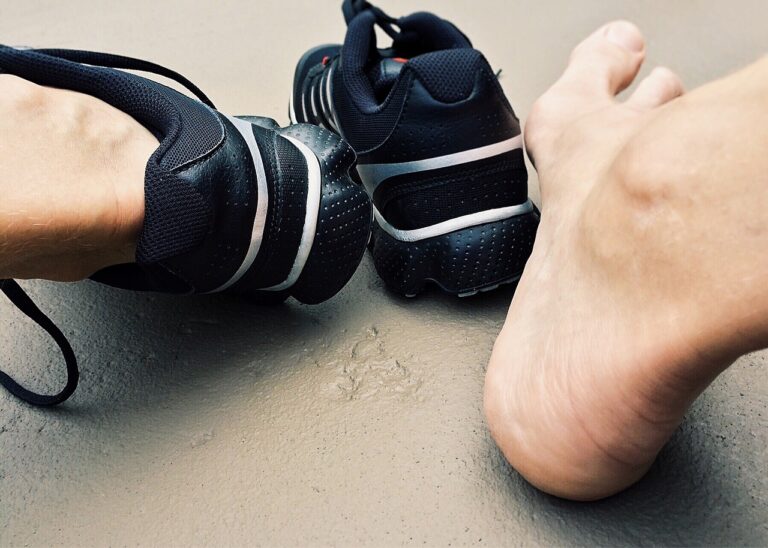Addressing Gender Stereotypes in STEM Career Guidance
Women in STEM fields often encounter subtle biases that can hinder their professional growth and success. From being interrupted more frequently in meetings to facing skepticism about their technical skills, these biases can create a challenging work environment for women in traditionally male-dominated fields. Despite strides towards gender equality, stereotypes and prejudices persist, leading to lower representation of women in STEM careers and resulting in missed opportunities for innovation and diversity.
Research has shown that gender bias can impact the advancement and recognition of women in STEM fields, with women often receiving less support and mentorship compared to their male counterparts. This lack of support can contribute to feelings of isolation and imposter syndrome among women in STEM, making it crucial for organizations to actively address and combat these biases. By promoting a more inclusive and equitable workplace culture, we can cultivate a diverse and talented workforce that drives progress and innovation in the STEM fields.
Challenges Faced by Women in STEM Careers
Women in STEM careers often encounter various obstacles that hinder their professional advancement. One common challenge is the pervasive gender bias that exists within these fields. This bias can manifest in the form of discrimination, unequal opportunities for growth and advancement, and a lack of recognition for their contributions.
Moreover, the underrepresentation of women in STEM leadership roles serves as a significant hurdle for those seeking to progress in their careers. This lack of female representation in higher positions can limit access to mentorship, networking opportunities, and important projects that are crucial for career development. As a result, women in STEM often face additional barriers when climbing the professional ladder compared to their male counterparts.
Impact of Gender Stereotypes on Career Choices
Gender stereotypes have long influenced individuals’ career choices, particularly in the fields of Science, Technology, Engineering, and Mathematics (STEM). Society has ingrained preconceived notions about what careers are deemed suitable for men versus women. These stereotypes often deter individuals, especially women, from pursuing certain careers in STEM.
These stereotypes can create barriers for women in STEM fields, influencing their confidence and self-perception. Women may internalize societal beliefs and doubt their abilities to succeed in male-dominated industries. As a result, many women may opt for alternative career paths that are perceived as more “gender-appropriate,” thus perpetuating the cycle of underrepresentation of women in STEM fields.
What are some common gender stereotypes in STEM fields?
Some common gender stereotypes in STEM fields include the belief that women are not as capable as men in technical subjects, that men are more suited for leadership roles, and that women are better suited for nurturing and caregiving roles.
How do gender stereotypes impact career choices in STEM fields?
Gender stereotypes can influence individuals’ perceptions of their own abilities and interests, leading them to believe that certain careers are more suitable for one gender over another. This can result in fewer women pursuing careers in STEM fields due to societal expectations and biases.
What are some challenges faced by women in STEM careers?
Women in STEM careers often face challenges such as gender discrimination, lack of support and mentorship, unequal pay, and limited opportunities for advancement. These barriers can hinder their professional growth and success in male-dominated fields.
How can we address and overcome gender stereotypes in STEM fields?
To address gender stereotypes in STEM fields, it is important to promote diversity and inclusion, provide equal opportunities for all individuals, challenge traditional gender norms, and encourage young girls to pursue interests in science and technology. Education, awareness, and advocacy are key in breaking down stereotypes and creating a more equitable and diverse workforce.







